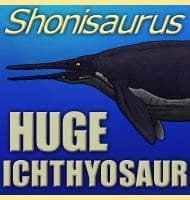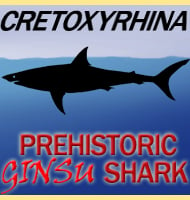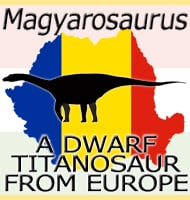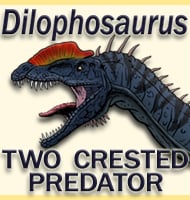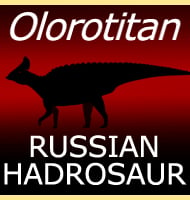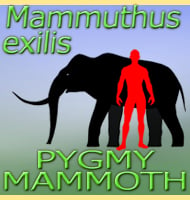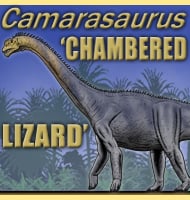In Depth
Struthiocephalus is known from a fairly large number of individuals that represent various life stages and sexes, though originally these were broken up into distinct genera on the mistaken idea that the different growth stages and sexual dimorphism between specimens represented traits of different genera. What can be said about Struthiocephalus now is that the large number of remains attributed to the genus at least indicate that Struthiocephalus was quite successful.
Struthiocephalus is noted for having a proportionately large head which actually accounts for about one sixth of the total body length. This is mostly down to an elongated snout which has been speculated as a feeding adaptation for Struthiocephalus. One idea is that the long snout allowed Struthiocephalus to reach into water and pull out soft aquatic plants. There is even further speculation on this theory in that the bone surface around the nostrils seems to show support for a muscular valve that would have closed off the nostrils when Struthiocephalus reached under the water.
Further Reading
- New genera and species of tetrapods from the Karroo Beds of South Africa. Journal of Paleontology 11(7):613-619 . - E. C. Olsen & R. Broom - 1937.

